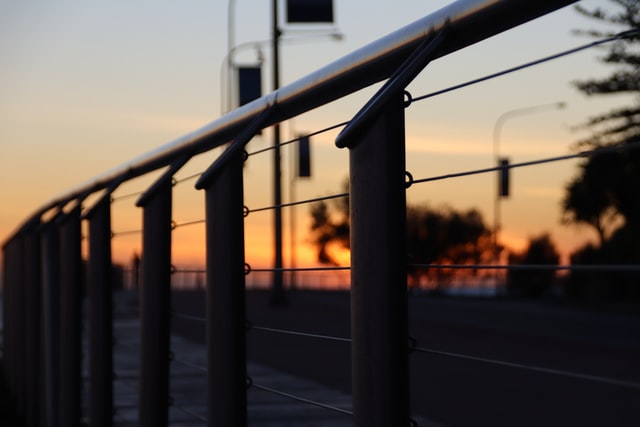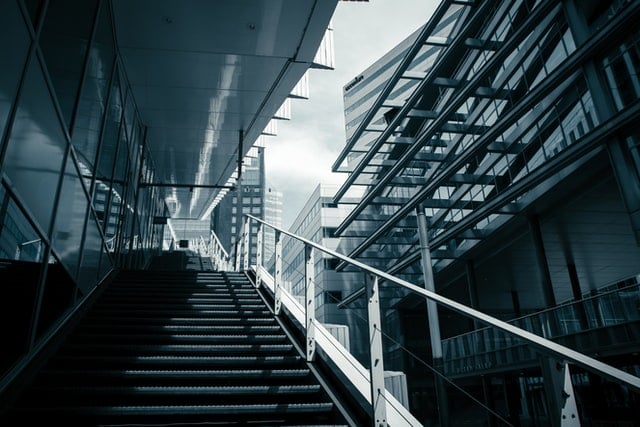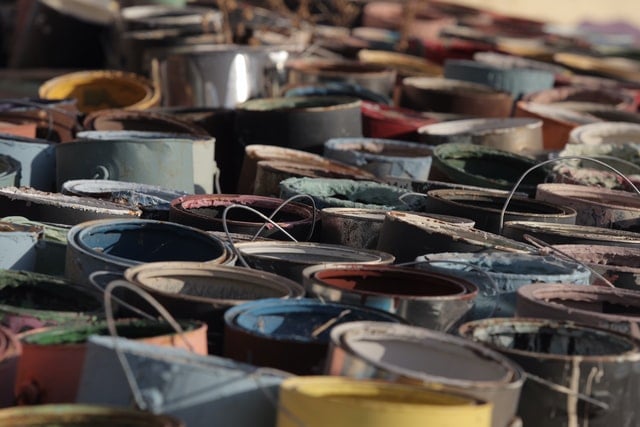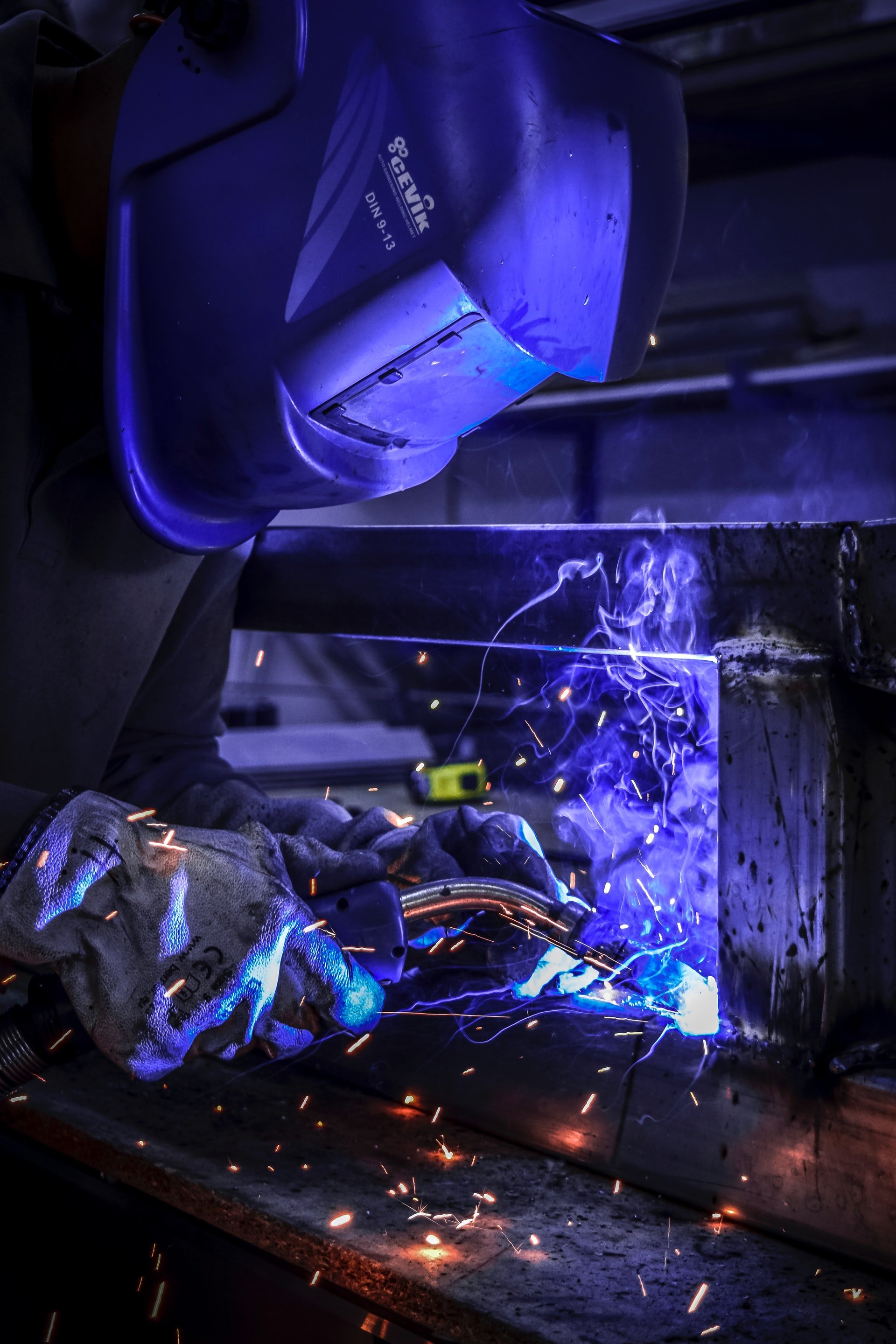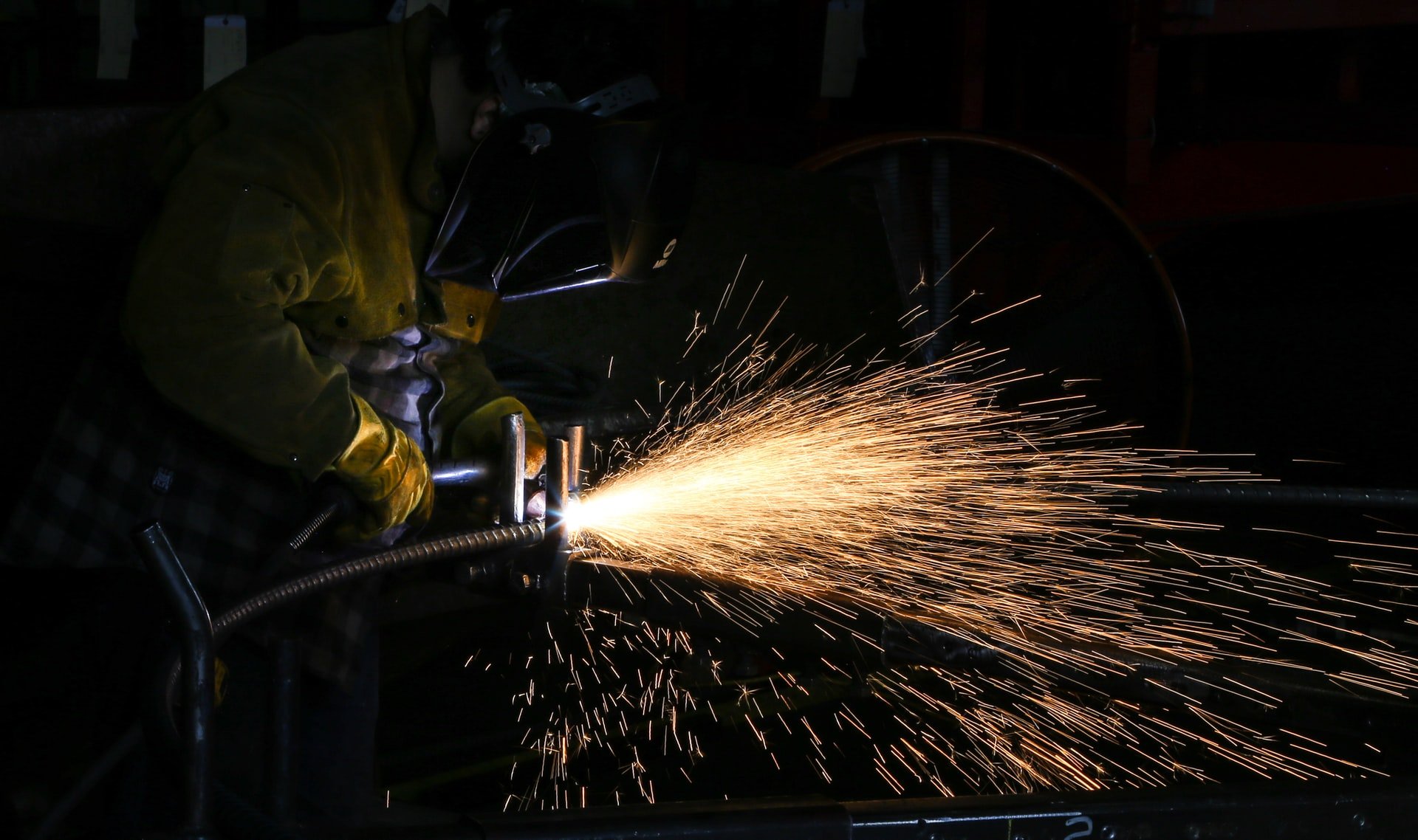
From building and reinforcing, to internal, decorative safety features; metal, in one form or other, plays an important part in the construction and fitting out of commercial properties. Handrails and railings are a case in point. Where some years ago, spindles and banisters would have been manufactured almost exclusively from timber, today they are more likely to be fabricated from stainless steel, mild steel, galvanised steel, aluminium or brass. They can also be designed to include a mixture of these materials. So what are the pros and cons of these five different metals?
1) Stainless Steel
If you’re looking for strength with a modern, stylish finish, either internally or externally, stainless steel tube ticks all the boxes. Although more expensive than mild steel, long-term maintenance costs are reduced due to its high corrosion resistance. Stainless steel can be fashioned into a wide range of designs and styles, and fitted to brickwork, blockwork, concrete, timber or other metals to produce the contemporary, modern style required.
2) Mild Steel
Mild steel is the cheapest option when it comes to guard rails and hand rails. Material costs are low, and the ease with which it can be worked make the construction element very cost-effective, depending of course, on the complexity of the required design. Under heavy-use circumstances, many architects choose to stipulate carbon steel for its added strength and durability. Although mild steel rails, hand rails and guards are usually powder coated or spray painted prior to installation, they are still prone to corrosion and need regular inspection and maintenance to keep them at their best, especially if open to the elements.
3) Galvanised Steel
Inside or out, unprotected steels are at the mercy of moisture either internally from moisture laden air, or externally from the weather. While painting will help keep much of this moisture away, galvanising all interior and exterior steelwork, whether walkways, stairs or hand rails, will provide years of protection. Standard galvanised steel can be a silver colour through to grey. Although galvanised steel can be painted, it requires the use of etch primers prior to painting, pushing up the manufacturing cost of the finished product.
4) Aluminium
The biggest pro for aluminium is its weight, or lack of. While this lack of weight makes aluminium easy to handle and use, it is also a much softer metal compared to others, and prone to dents and scratches. When being used for handrails and safety railings, greater numbers of uprights are required to compensate for the reduced strength of the material. Although bare aluminium is little affected by corrosion, its oxidation layer will turn white and likely pit. To combat this, the product can be anodised or, using modern paint technology, can be successfully powder coated or liquid coated in a range of attractive colours.
5) Brass
Although not as popular as it was some years ago, the use of brass railings, handrails and fittings still has a place in certain developments. Olde worlde country pubs, with their wood stained and varnished lounge bars and snugs, still enjoy brass footrests and brass hand rails, as well as horse brasses dangling from bent nails. Brass fittings are also used in modern commercial design, often in combination with stainless steel, glass and wire stringers.
If you’re not sure which metal or finish will best meet your next project, please give us a ring. We are more than happy to spend time discussing your requirements and materials of choice.





